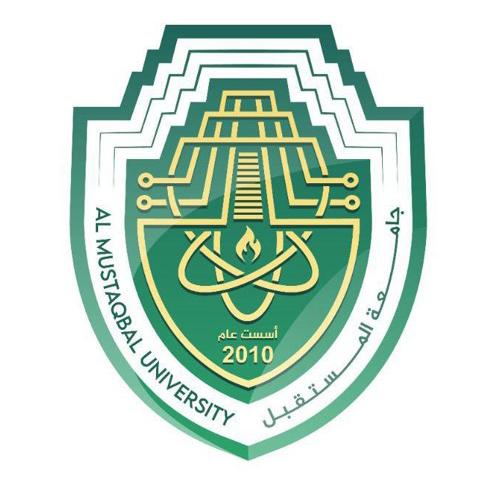
How to spice up a lecture
Simple exercises can make reading-based university classes more engaging and interactive, says Amjed Majeed. In this video, he offers four ways to break up the vocabulary, text, comprehension routine
You may also like
Popular resources
Key Details
This video will cover:
01:18 Ways to vary a text-based lesson
02:57 Relay reading explained
03:45 Shuffle reading to make it interesting
Transcript
Good morning. My name is Amjed Majeed. I am an associate professor in [the] business administration department at Al-Mustaqbal University College. Today, I am going to talk about how to spice up [your] students.
You know, a lecture now these days is kind of difficult, kind of complicated, so the challenge is [that] reading can be such a passive activity in the classroom. Teachers walk in the classroom, tell students that they are going to read about a particular topic, brainstorm vocabulary related to the topic to activate their schema, and then go ahead with their reading. They complete some comprehension questions, get them to check in small groups before eliciting answers and correcting wrong answers where necessary.
You know, this process is kind of complicated and sometimes a student gets off this idea.
So, we are going to find some solutions that help teachers to spice up their lecture.
The way number one is: predict the topic of today’s lesson. This point is very important for the lecturer as well as the student. You could, the teacher could, follow the initial format of generating interest in the reading by getting students to discuss some questions related to the topic and then introducing some vocabulary.
But why give students the question [about] the reading? This is an important question. A lovely activity that I enjoy doing, particularly for examination classes or any, will see students reading the text in a greater detail and then liaising with others in their group to comb the text and allow them to develop their [own] question, and then, [after] another period of time, to answer [a question from] another group. This is about the number one.
Number two: the hot seat. What does that mean? If you use coursework or other related reading material, you will notice that the reading is on the same page [as] the questions. One thing that I like to do is group the reading and just copy this for learners and then remove the questions from the page, so learners only have the reading at their disposal.
Reading relay. So, maybe you are asking about this point: what does that mean? I am going to explain it very slightly and very simply. One slightly fun activity to get students up and walking around is to stick up the reading around the walls in the classroom or, even better, stick it up in the corridor outside the classroom. Students are placed into pairs. And then you give them a list of questions about the reading, but they must not take any pens, smartphones or the questions to [the] reading.
Number four is “shuffled reading”. Your students receive a block of text, read it and then have to answer questions about it. Seems a bit boring, to be honest. So, why not spice it up by breaking down that reading into nuggets of information which could be reorganised. All you need to do is type up your text, but then after each sentence also add in a couple of line breaks.
These points that I have reminded [you of are] very important, so any teacher or any lecturer can take it into account or consideration to spice up his or her lecture.
So, in the end, I am grateful for your listening, and my advice is, for our listeners, do not stop. Keep [up] your good job as well as you breathe. Thanks for listening. Wish the best for all of you. Thank you very much.
If you found this interesting and want advice and insight from academics and university staff delivered direct to your inbox each week, sign up for the THE Campus newsletter.




Comments (0)
or in order to add a comment